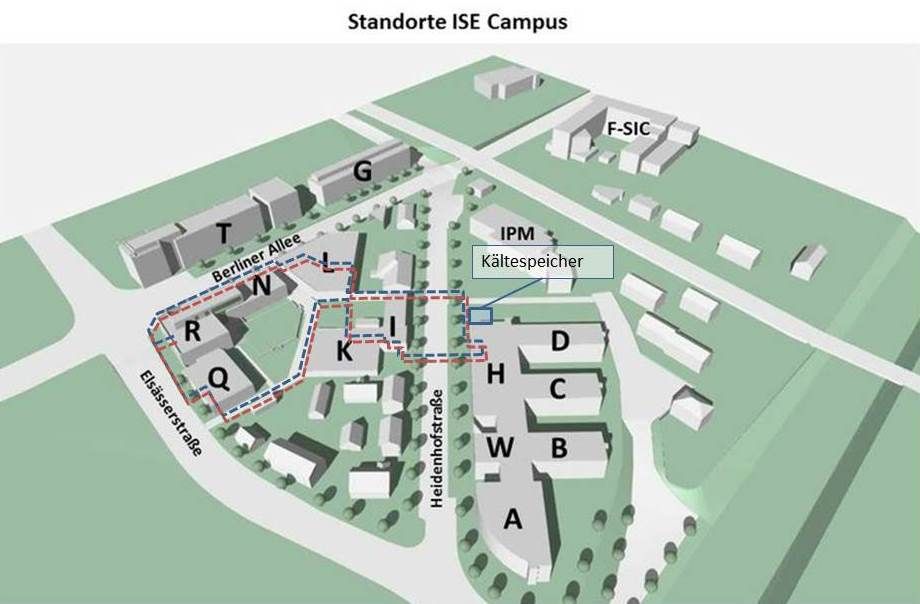| Duration: | 10/2017 - 01/2021 |
| Contracting Authority/ Sponsors: | Federal Ministry for Economic Affairs and Energy (BMWi) |
| Project Partners: | ENIT Energy IT Systems GmbH, Taifun-Tofu GmbH, Hermann Peter KG, Wuppertal Institut für Klima Umwelt Energie, Institut für Klimaschutz, Energie und Mobilität (IKEM), Institut Wohnen und Umwelt GmbH (IWU) |
| Project Focus: |
FlexGeber – Demonstration of Flexibility Options in the Building Sector and their Interaction with the Energy System in Germany

It is the goal of the project to demonstrate new heating and cooling technologies within 3 case studies, one at a commercial compound and two at industry case studies. Additionally, new solutions to increase the energy efficiency within the buildings will be evaluated. With this project, the efficient coupling of electricity, heat and cooling will be demonstrated and thereby the untapped flexibility potential in the commercial sector as well as industry sector will be developed. To reach this goal, operation models will be developed, which will help to converge the commercial as well as industry sector to the power economy. Additionally, the identified flexibilities within building sector will be embedded in a regional energy system model, to develop strategies, how to increase the linkage between the energy system and commercial and industry compounds.
The power and heat supply in the commercial sector as well as industry sector causes 35% of greenhouse emissions in Germany, either locally on site or in central power plants. The government's objective of lowering the greenhouse emissions by 80% to 95% compared to 1990 values by the year 2050 requires:
- A reduction of energy demand through energy efficiency measures - particularly the refurbishment of existing buildings and the increased penetration of low energy buildings
- An expansion of renewable energy generation as well as the transformation of all sectors in the German energy system
- A development of energy flexibilities to react to the increasing temporal fluctuation of electricity supply due to the higher share of Wind and Photovoltaics in the energy system
The utilization of existing potential of energy efficiency requires the implementation and demonstration of energy efficiency measures as well as the increase of synergy in the energy system by sector-coupling. Moreover, transparency, intelligent management and the development of business models under the economic and political consideration are essential for the sensible realization of CO2-reduction potential.
The goal of the project is not only to broadly analyse the usage of flexibilities in different building types, but also to demonstrate the potential of flexibilities through specific use cases from the case studies. The case studies also include extensive investigation of potential investment in energy management system (EMS), flexible generation capacity and energy storage. Such investments are aimed to increase flexibilities in the building level while providing a support to the energy transition (Energiewende). The development of business models focuses on the implementation of building operation (including its components) to provide grid services while being economical to owners. The potential of various flexibility options and operation models of a typical building shall be evaluated under the technological, economical and legal consideration.